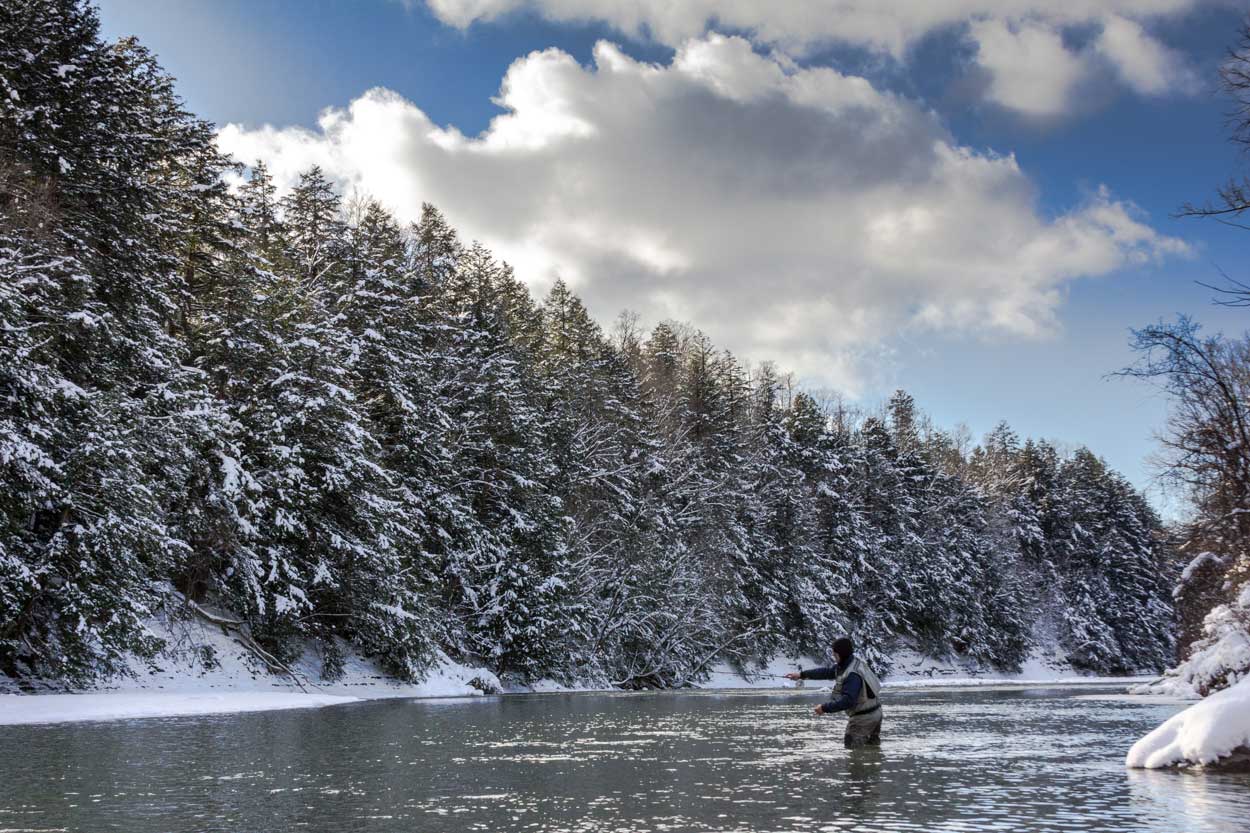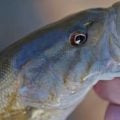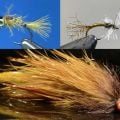Cold Hard Steel

photo by Joe Janiak @ramblephotography
Each year — right during the shortest days and longest nights of winter — I start casting flies for winter steelhead.
I go once or twice a week — if the river is not a blown-out, coffee-colored mess — and I dream of hooking a sleek sea-run rainbow trout that gleams and glows in the dim light like a sword from an epic movie — or at least “Game of Thrones.”
My dreams rarely come true.
Cold
Compared to say, Michigan, Montana or Minnesota, Oregon’s winters are pretty soft and balmy. We do get snow in the Columbia River Gorge, but rain is the usual weather.
Still, few places on this planet are as cold as a Northwest winter steelhead river.
If the river’s in shape, which means it is clear or the color of green tea, much of the water is coming from springs or melted snow. Yeah, it’s cold, and you’re standing in it for hours.
Your feet will go numb — unless you wear thinner socks, which allow better air circulation in your waders. They’ll still be cold.
You’ll almost certainly feel cold rain seeping through layers of wool and synthetic fleece — even if you’re wearing a top-notch wading jacket that set you back a few hundred bucks. Veteran winter steelheaders spend almost as much on their clothes as they do on their rods, reels and lines. You’re going to be cold and miserable no matter what, but you’ll be a lot less miserable with good gear on your back.
The woods are soggy and mossy, and it’s almost impossible to make a warming fire. Besides, you’re supposed to be in the water and casting.
A thermos full of any hot liquid is your cherished friend.
Hard
From what I hear, winter steelheading isn’t too tough — if you were fishing 50 years ago. These days, winter steelhead runs are struggling on many Northwest rivers. It’s a lot easier to find a biting fish if there are lots of steelhead jockeying for spots in the river.
Good luck with that these days.
Now, dam removal and some serious conservation work are making things better in some places — the restoration of the Hoh River on Washington’s Olympic Peninsula holds great promise, but that river is still off limits and rightly so.
I do most of my winter steelheading on Oregon’s Hood River, which is very close to my home — and seems to have increasing runs of steel, thanks to the removal of the Powerdale Dam a few years ago.
I also fish this stretch because I know the water — and know the value of steadily pounding the water with a barrage of cast, mend, swing, cast, mend swing.
Still, it is never, ever easy.
I mostly stick to one good section of a good river because it’s hard to hook a steelhead when you’re driving three hours to a different river — and then find it blown out or seething with other anglers. It’s hard to believe, but many Northwest anglers are addicted to the pain and frustration of winter steelheading. It gets crowded on weekends.
I firmly believe in finding a good stretch of water and pounding it hard.
Then again, I catch fewer winter steelhead than the crazies who drive all over the place, spin tires on black ice and fish for days on end. Fly fishing for winter steelhead demands maniac commitment — along with a variety of sink tips and big, gaudy flies that quiver and shimmer in the cold currents.
I’m a slacker, so I hope to hook a fish about once every five trips. My longest dry spell was a soggy, frigid, fishless slog through 10 weeks. During that winter, I landed a small winter steelhead the week after Thanksgiving, and I was skunked until the second week of February.
Truth is, I spent a lot of time fishing Puget Sound for sea-run cutthroat that winter. I just needed to see, feel and touch an actual fish. Still, I fished winter steelhead at least twice each week.
When the drought finally broke, I stumbled around in a daze while the steelhead rocketed upstream and catapulted out of the water at least three times. It all felt like a dream. Later, that night, I woke up sweating — and wondering if it all really happened.
Most of my winter steelhead outings are three hours or less — I’m not tough enough — mentally or physically — to hammer away day after day while partially submerged in 45-degree water.
The days are pretty short. On December 15, 2019, sunrise was 7:47 a.m.and sunset was 4:29 p.m., but that isn’t really accurate. A big, wet cold front hovered over the Columbia River Gorge that day, and it didn’t really get light until 8:30 a.m. or so, and it was pretty dark by 3:30 p.m.
Maybe it’s good that the days are so short.
Steel
So, why do so many of us embrace the cold, frustration and pain of winter steelheading?
Well, the fish.
Many winter steelhead come in from the Pacific Ocean very quickly. They are pure chrome with greenish-blue backs and midnight-black spots. Their fins are clean and tipped with white. Their backs are wide and strong. They look like they were forged in a blast furnace and then polished under a glacier. A small one is about five pounds. Big ones can reach 20 pounds — or more.
When hooked, even the little ones overwhelm your tackle — each head shake and jump feels like one step from disaster.
Most of all, the hookup — after so many fishless casts — makes your head explode with adrenaline. One second, your fly is slowly, dreamily swinging in the current. Then the line comes tight and the fish erupts into your world.
Because the days are short, you try to be on the water when the sun rises, as this move might — just might — make your fly the first fly a steelhead sees after the long winter night.
That’s what happened to me a few days ago.
I was on my way to work in Portland, but I stopped at my Hood River spot for a hour-long session before slogging down I-84 to the work week.
I didn’t expect to hook — or even see — a steelhead. I just wanted to drink in the river before submerging myself in the city for four days.
Mindlessly casting and swinging down a steelhead run is a good way to peel stress out of your life. You focus on making good spey casts — and seeing that line rattle out the guides and unfold over the flowing water.
Cast, mend, step. Cast, mend, step.
On one cast, I had just finished mending my line — while wondering why the David Bowie/Bing Crosby duet of “Peace on Earth/Little Drummer Boy” was on endless repeat inside my head — when something new happened.
My line, which had just started to swing downstream, tightened, and the little loop of running line under my right forefinger pulled out and snapped against the rod.
This is the precise time when you want to wait to feel the whole weight of the steelhead — some anglers wait until the fish is actually pulling some line off the reel. Then you just swing that big spey rod toward the bank. That’s the move that buries the barbless hook in the corner of the steelhead’s mouth.
Summer steelhead, which are much more aggressive and much easier to catch, often slam the fly in a big, sucking boil and hook themselves, but winter fish usually mince away with the fly and turn back toward their spot in the current. All of this is a really slow pull — several seconds between the bite and the hookup.
Everything is slower with winter fish.
You never want to immediately pull back and set the hook on a winter fish — like you would if you were fishing for trout. That move usually pulls the fly out of the steelhead’s mouth.
So, of course, I lost my cool and set the hook way too early.
The rod pulsed twice as the steelhead shook its head — and then I felt the fly rattle out.
The steelhead, glowing in the dim light and free of my fly, jumped twice — a dream come to life — and vanished.
They exist.
Cold. Hard. Steel.











